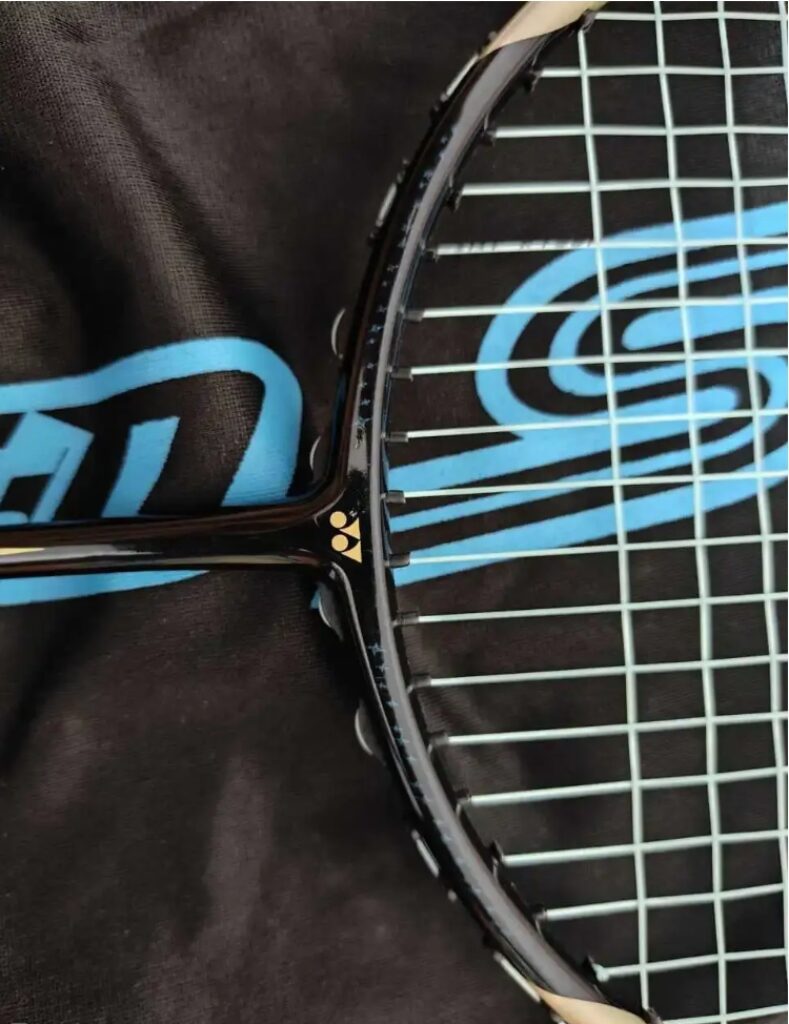I am unlikely to actively collect this kind of racket. The reasons are as follows: first, its price remains high; second, the paint quality is relatively low; third, the racket isn’t durable; and fourth, counterfeit products are rampant. For equipment with such a high usage cost, its positioning as a female racket is a key factor that piques my interest.
After using it, I feel that the modern Green Factory has maintained the same original intention as when they released their female rackets in the past.

Specifications: 3UG4, bottom cap removed, total weight in use is 95.5g, balance point at 292mm, shaft length of 220mm, medium to low stiffness, box frame, 76-hole string bed, 9–3 o’clock grommets, 25 lbs tension warranty, strung at 24–26 lbs with KT66F strings.
First, let me clarify that the ArcSaber 9 and 9FL are two different products, and the 9FL has both old and new color versions. The new color version even comes in a 4U specification, giving counterfeit markets more opportunities.
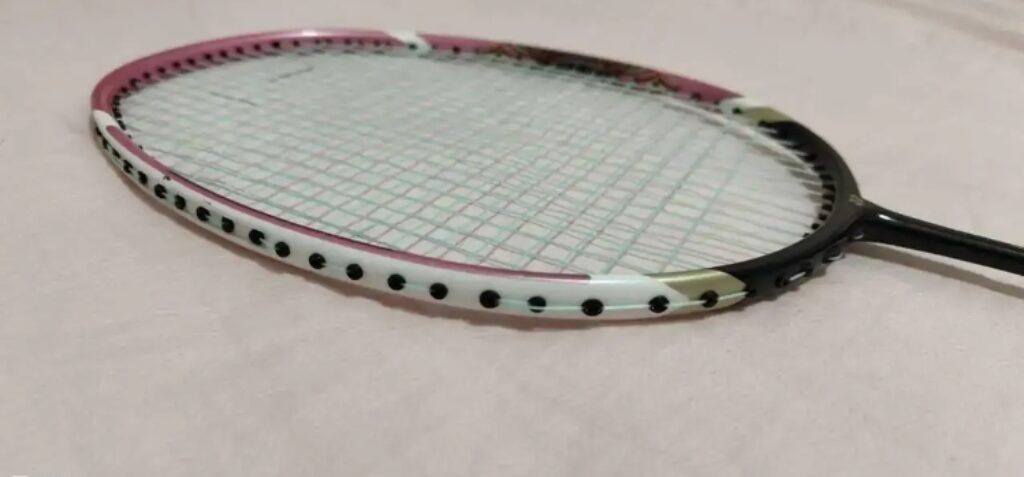
Of course, the racket is indeed very visually appealing. The pink on the frame and shaft establishes its image, while the transition from white on the frame to a starry black at the T-joint adds depth and dimension to the 9FL. The cone cap is quite distinctive, featuring a Yonex crystal emblem in addition to the usual specification markings, giving it high recognizability.
This is a racket that, from the first touch, clearly shows it belongs to the ArcSaber series. The organic combination of shuttle hold and elasticity in its feedback, along with the balanced tuning as indicated by its specifications, gives the ArcSaber 9FL a “rich, mellow” feel. Of course, in my view, the 3U version’s swing weight isn’t exactly light, and its swing speed isn’t as fast as I would like, but it provides significant leverage during the swing. In terms of stiffness, it’s softer than its siblings like the ArcSaber 7, 8, and 11, with the shaft’s flex making clears easier, thanks to the large shaft deformation. The 3U version is quite easy to use apart from its swing speed. Even my teammate, who typically struggles, could rally with me near the baseline during warm-ups with this high-end flexible racket.
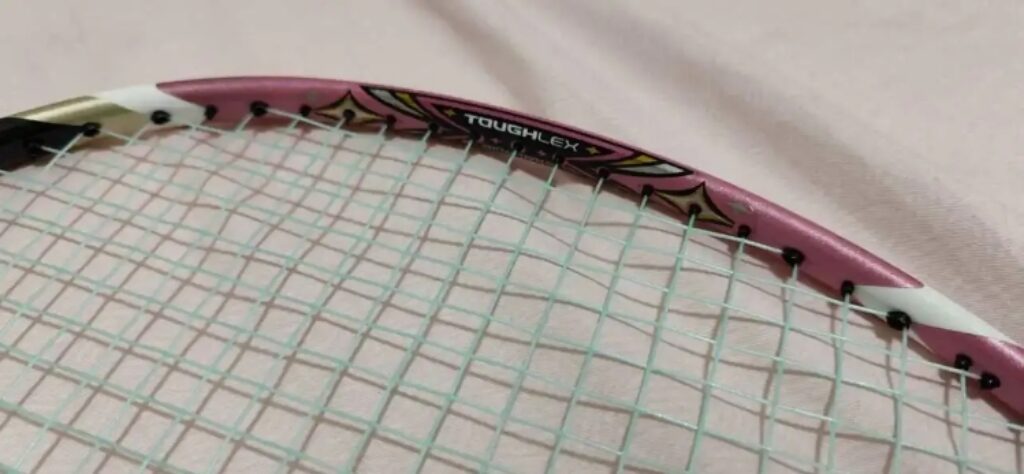
I’m not sure if some players still hold the stereotype that rackets designed for women lack power, but the ArcSaber 9FL firmly challenges that notion. Among the series, its downward pressure is in no way inferior, and the ample elasticity ensures it avoids a sense of power loss, even after being softened. In repeated downward attacks, the 9FL showcases a very distinct characteristic: shuttle hold. During powerful smashes, you can feel the shuttle sticking to the string bed, clearly sensing the deformation of both the string bed and the shaft. The shot response may not be fast, but the longer power transmission time gives the user a solid feel, and the end result doesn’t lack power or speed.
More importantly, the racket doesn’t require you to have exceptional stamina or advanced power skills to execute a strong smash. Its flexibility allows for great endurance and continuity during exchanges.
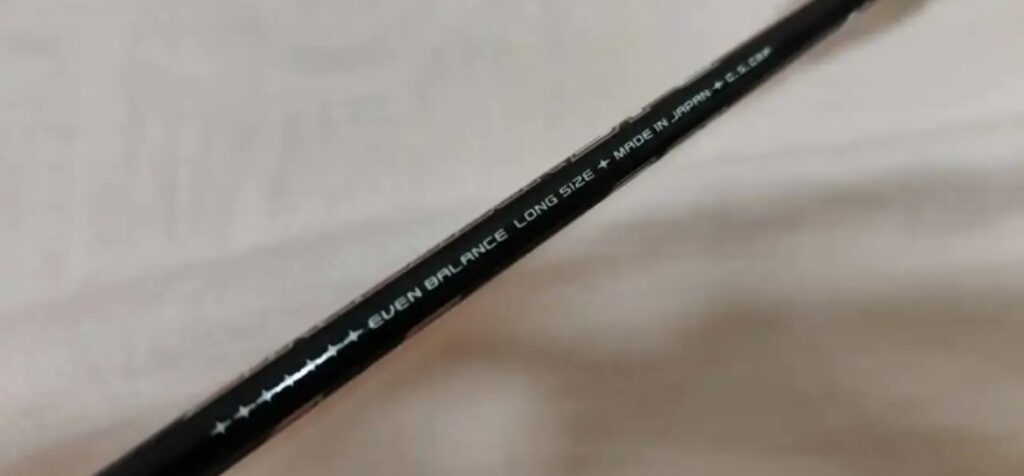
When I mention “shuttle hold,” you could also describe it as “stickiness.” I personally dislike its performance in fast-paced doubles matches. On the one hand, the 9FL’s swing speed isn’t fast; on the other hand, during rapid strokes, the shaft tends to flex, and by the time it rebounds, the shuttle has already left the string bed, meaning you can’t generate additional power. As a result, its feel in drives and blocks is less aligned with my preferences compared to other balanced rackets.
A similar issue arises during net play and return pushes. After intercepting the shuttle at the net, the response isn’t decisive enough, failing to compress the opponent’s reaction time, sometimes allowing them to escape even after gaining control of the net.
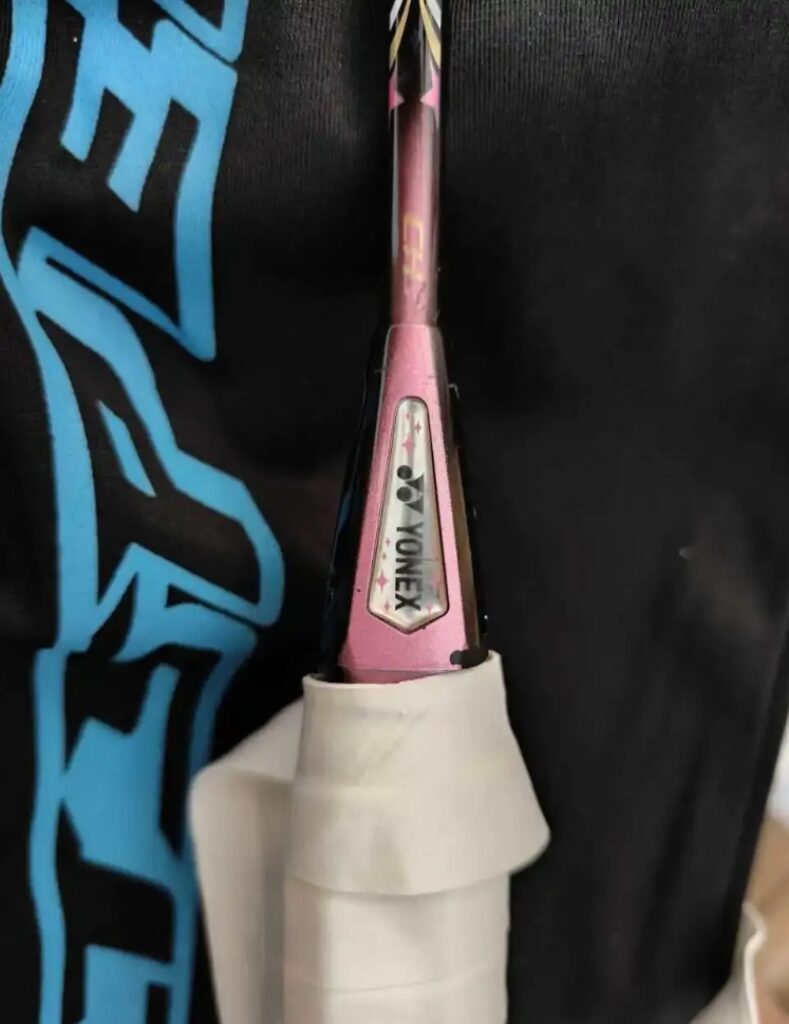
However, the 9FL’s solid feel gives it exceptional confidence in delicate net shots. During flicks and drops, the interaction between the player and racket is strong, sometimes resulting in effortless net shots during practice. In doubles, if paired with a reliable heavy hitter, this could lead to an easy kill. Even if I’m pushed to the backcourt by the opponent, a well-timed drop to the net can often regain the initiative.
I still view the ArcSaber 9FL primarily as a singles racket. After discovering its control advantages, I became more confident in utilizing its directional and control capabilities, allowing me to gradually build an advantage by fully utilizing court space. Although it’s an old racket, it still excels in control and attack.
